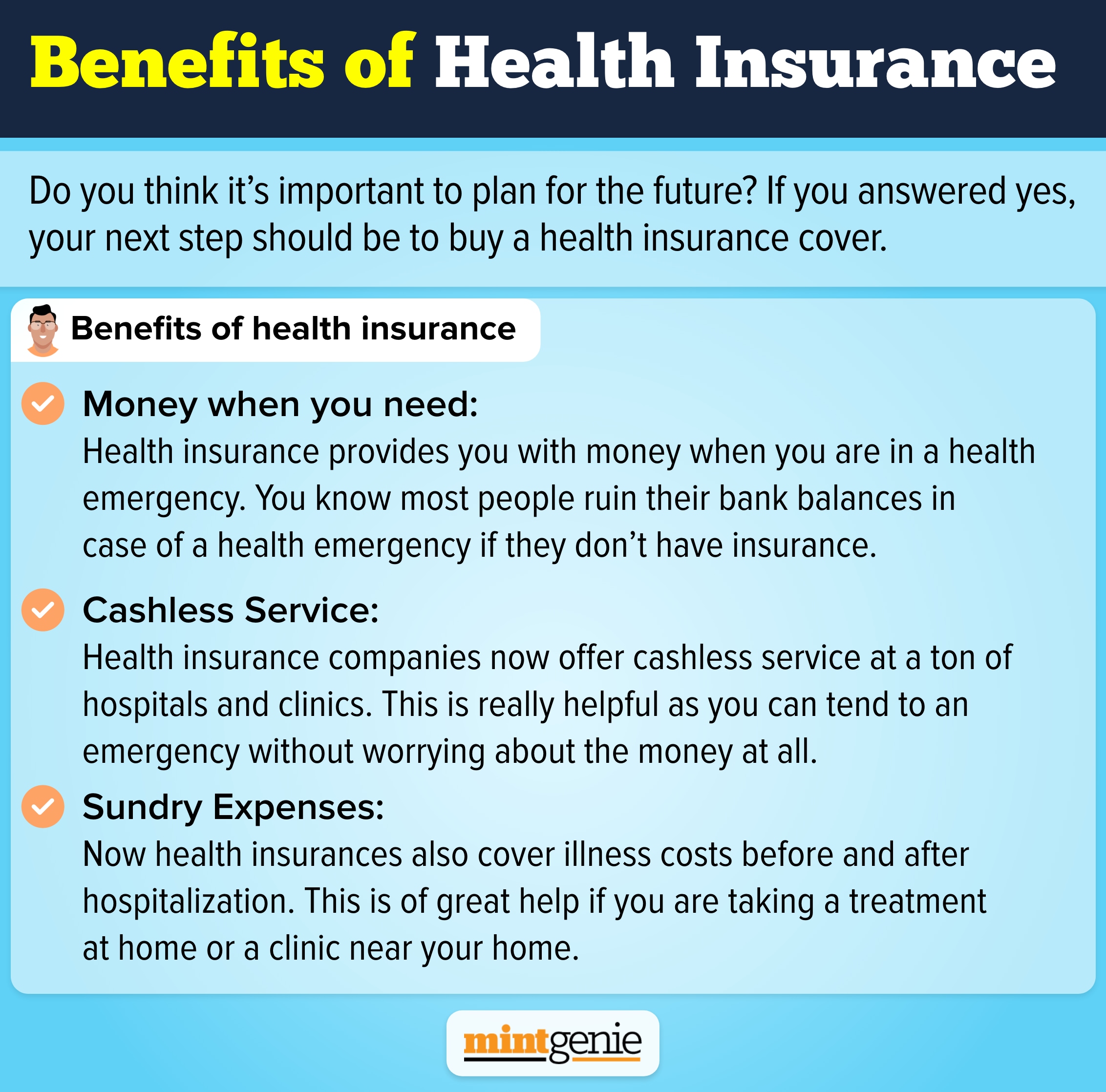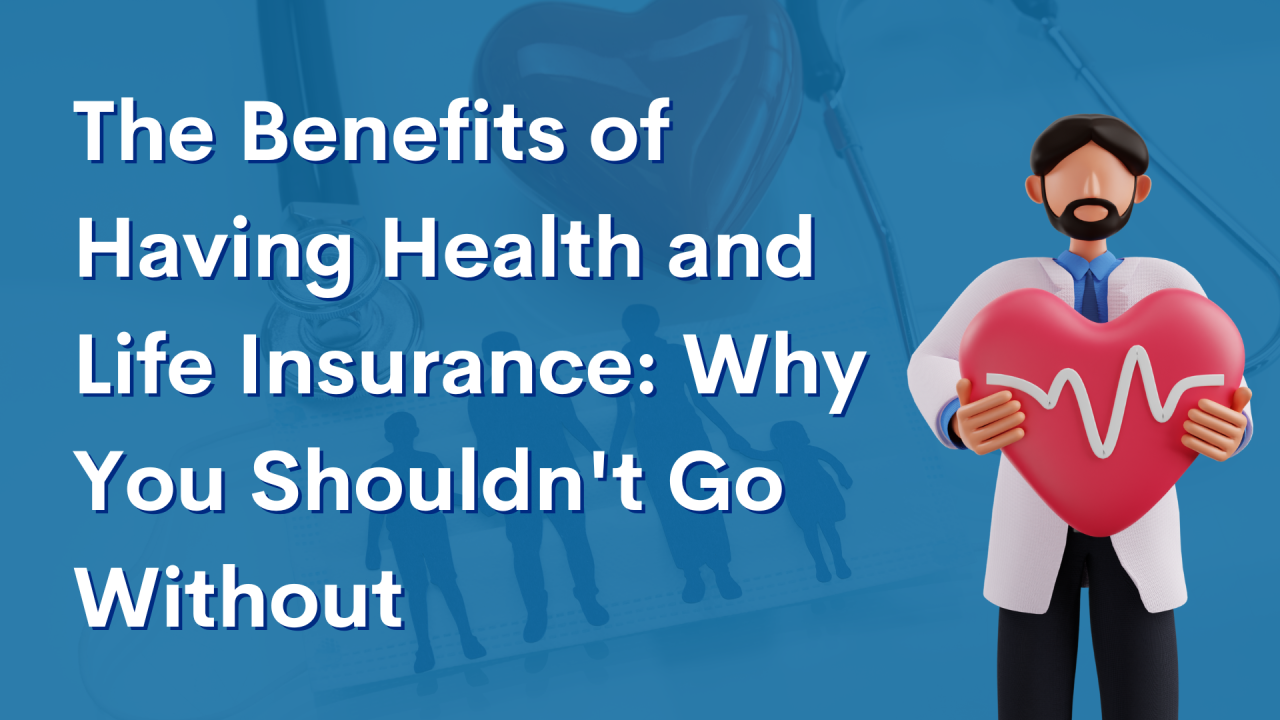What Does Medicare Advantage Agent Do?
What Does Medicare Advantage Agent Do?
Blog Article
5 Easy Facts About Medicare Advantage Agent Shown
Table of ContentsThe smart Trick of Medicare Advantage Agent That Nobody is DiscussingSome Known Questions About Medicare Advantage Agent.All About Medicare Advantage Agent

follows from confusing the perplexing young reasonably profile of the uninsured with without insurance better health, on average, standard younger personsMore youthful For those without access to office health and wellness insurance, poor health and wellness is a possible obstacle to purchasing nongroup protection since such protection might be very priced, omit preexisting conditions, or be simply unavailable. Unless or else kept in mind, nationwide estimates of individuals without health and wellness insurance coverage and percentages of the populace with various kinds of protection are based on the CPS, the most extensively used source of quotes of insurance policy protection and uninsurance rates.

Indicators on Medicare Advantage Agent You Need To Know
Over a three-year period beginning early in 1993, 72 million people, 29 percent of the U.S. populace, were without coverage for at the very least one month. Within a solitary year(1994), 53 million individuals experienced at the very least a month without insurance coverage(Bennefield, 1998a). Six out of every ten uninsured adults are themselves used. Although working does boost the chance that one and one's family participants will certainly have insurance, it is not a guarantee. Even participants of households with two permanent wage earners have almost a one-in-ten chance of being without insurance (9.1 percent without insurance rate)(Hoffman and Pohl, 2000 ). The partnership between medical insurance and accessibility to care is well developed, as recorded later on in this chapter. The relationship in between wellness insurance coverage and health and wellness results is neither straight neither simple, a comprehensive medical and wellness solutions study literary works web links health insurance coverage
to improved enhanced accessibility care, better much betterTop quality and improved enhanced individual population populace health and wellness. The 2nd report, on individual wellness end results for uninsured adults, is stood for by the innermost circle of the number, while the 3rd report, on family members wellness, encompasses the topics of the 2nd record but stresses a different unit of evaluation, specifically, the family. The 6th record in the series will provide information concerning techniques and initiatives taken on in your area, statewide, or nationally to resolve the absence of insurance policy and its adverse effects. Degrees of analysis for examining the results of uninsurance. This conversation of medical insurance protection focuses mainly on the united state populace under age 65 due to the fact that virtually all Americans 65 and older have Medicare or various other public protection.
In addition, it concentrates specifically on those without any type of medical insurance for any kind of length of time. The problems dealt with by the underinsured remain in some areas similar to those faced by the uninsured, although they are typically much less severe. Uninsurance and underinsurance, however, include clearly different policy problems, and the approaches for addressing them may vary. Throughout this study and the five records to adhere to, the major emphasis gets on persons without medical insurance and therefore no assistance in paying for healthcare beyond what is available with charity and security net organizations. Health and wellness insurance is a powerful factor affecting receipt of care since both people and medical professionals react to the out-of-pocket cost of services. Health insurance, however, is neither required nor sufficient to access to medical services. Nevertheless, the independent and straight result of wellness
insurance policy protection on access to health and wellness services is well established. Others will certainly get the wellness care they need also without medical insurance, by spending for it out of pocket or seeking it from companies who supply treatment cost-free or at extremely subsidized prices. For still others, health and wellness insurance coverage alone does not ensure receipt of treatment due to the fact that of various other nonfinancial barriers, such as a lack of health treatment companies in their community, restricted accessibility to transportation, illiteracy, or etymological and social distinctions. Official study about uninsured visit populaces in the United States dates to the late 1920s and early 1930s when the Board on the Price of Treatment produced a series of records concerning funding medical professional workplace gos to and hospitalizations. This problem became significant as the numbers of clinically indigent climbed up throughout the Great Anxiety. Empirical research studies constantly support the link in between access to care and improved wellness outcomes(Bindman et al., 1995; Starfield, 1995 ). Having a regular resource of treatment can be considered a forecaster of gain access to, instead of a straight step of it, when health and wellness results are themselves made use of as accessibility indications. This expansion of the notion of access dimension was made by the IOM Board on Checking Access to Personal Wellness Treatment Solutions(Millman, 1993, p. Whether parents are guaranteed appears to impact whether or not their kids obtain treatment as well as just how much careeven if the children themselves have insurance coverage(Hanson, 1998). The wellness of parents can influence their capacity to take care of their youngsters and the degree of family members anxiety. Stressing over their children's accessibility to care is itself a source of stress for parents. 3 phases comply with in this report. Phase 2 provides an introduction of exactly how employment-based medical insurance, public programs and individual insurance coverage plans run and engage to supply considerable however incomplete protection of the U.S. population. This consists of a testimonial of historical trends and public laws influencing both public and exclusive insurance coverage, a discussion of the interactions among the different types of insurance coverage, and an assessment of why individuals move from one program to one more or wind up

Report this page